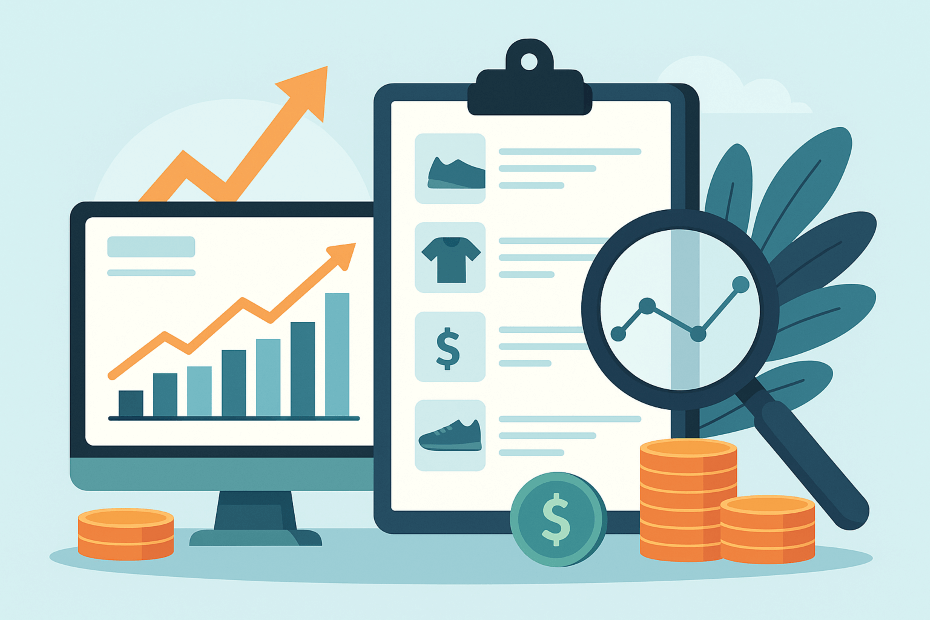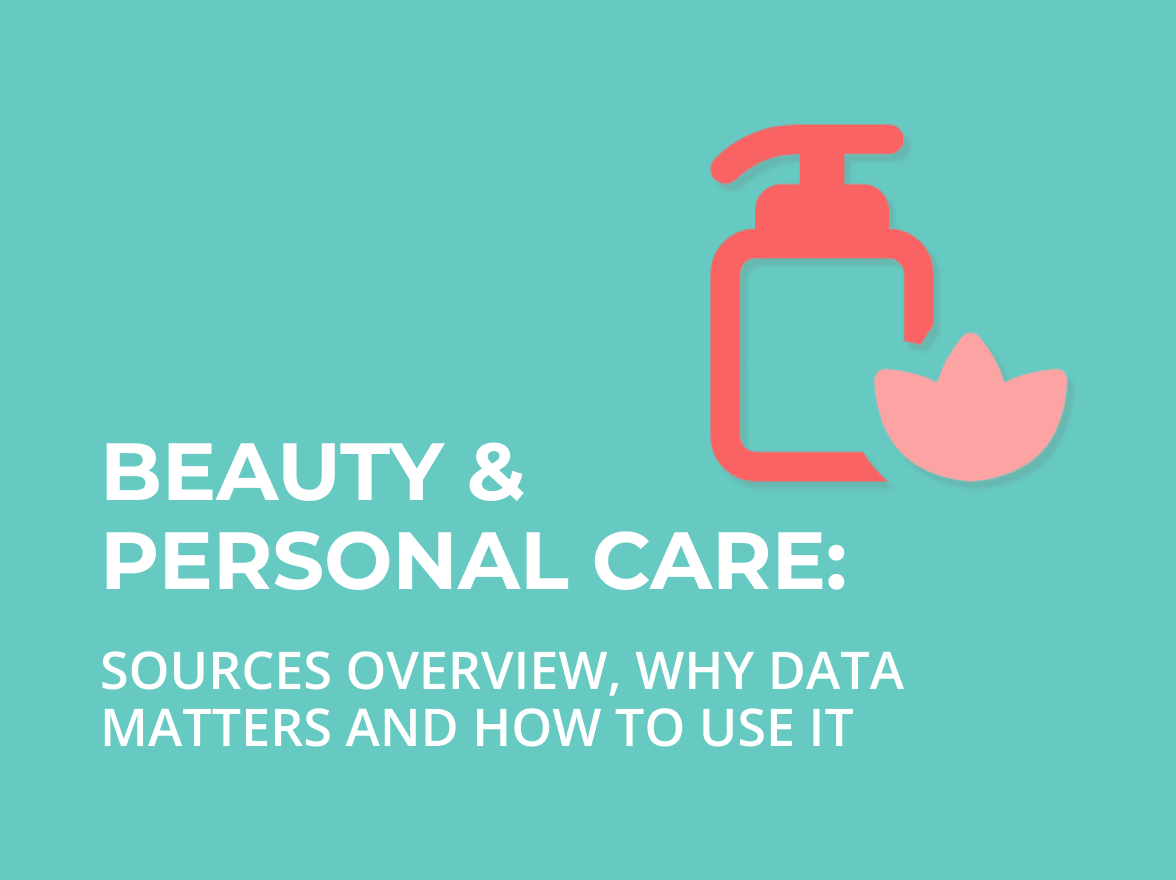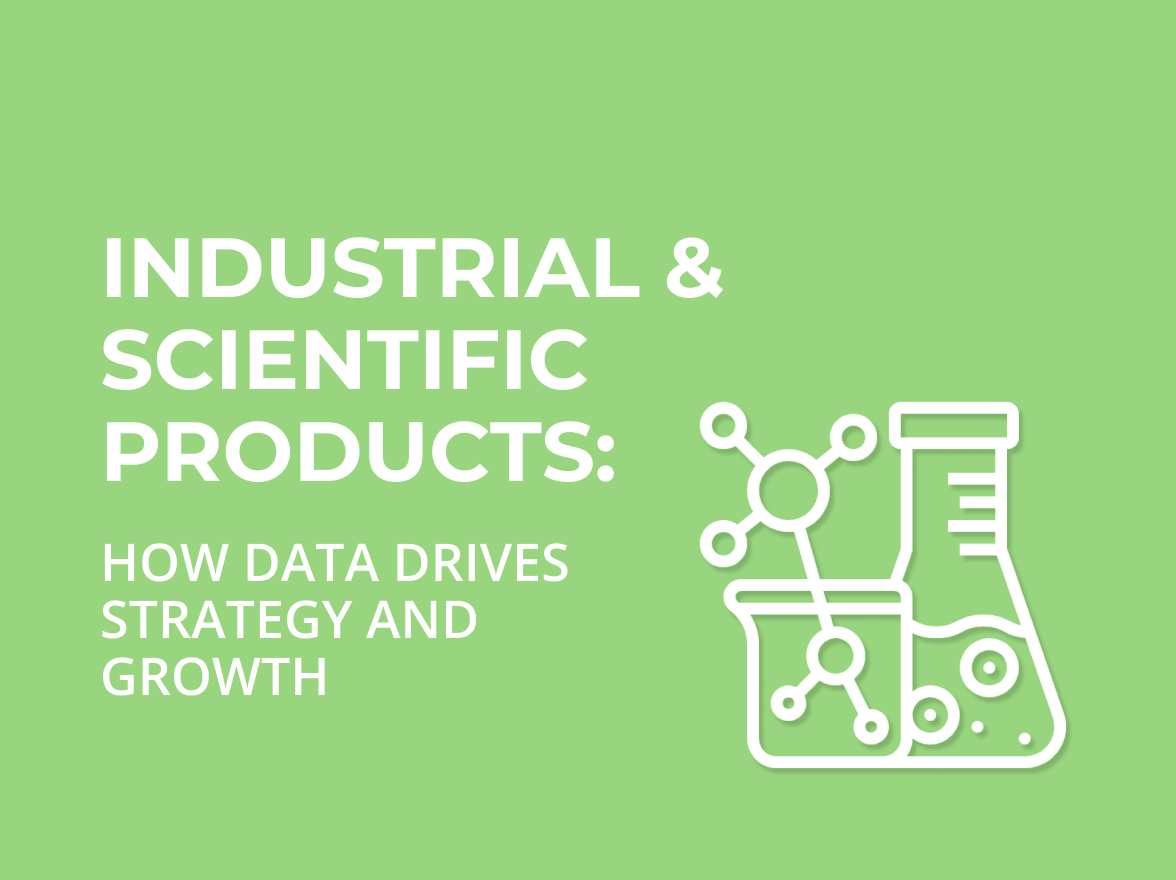Beauty & Personal Care: Sources overview, why data matters, and how to use it
The Beauty & Personal Care market is rapidly evolving — fragmented across private-label drugstores, prestige specialists, and fast-scaling e-commerce platforms.
Data is fast becoming the backbone of strategic decision-making in the modern business landscape. With timely access to meaningful datasets, companies can track competitors, forecast market shifts, refine planning, and make data-informed moves that fuel sustainable growth.

Sure, you could hire a full-time analyst to monitor online stores, scrape data from various websites, and compile reports. But in a world where structured data is widely available — why spend the time and money doing it manually?
This is where datasets come in. These ready-to-use, structured data collections can save businesses hundreds of hours and provide scalable, repeatable, and accurate insights — often in real time or close to it.
Let’s imagine you run an online sports goods store and want to monitor your competitors. You’re particularly interested in extracting data from a specific retailer’s website (let’s call it XYZ.com) that includes:
So, the question arises — where can you find this kind of structured product data?
There are many publicly accessible ecommerce datasets available online, often published for academic research, benchmarking, or open data initiatives. These datasets may include products from popular brands and can serve as a great starting point for exploratory analysis.
Example:
UC Irvine Machine Learning Repository – Offers datasets like Online Retail or customer behavior logs that can be applied to ecommerce-related tasks.
Benefits:
Drawbacks:
Use public datasets to validate hypotheses, train models, or explore initial ideas — but not for real-time business decisions.
Data marketplaces offer centralized access to licensed, curated, and enterprise-grade datasets, perfect for companies working in cloud environments or building data-powered applications.
Notable marketplaces:
Pros:
Cons:
Use marketplaces when you need trusted external data to augment internal analytics or support enterprise applications.
While brands like Adidas may not offer public APIs for their own stores, you can indirectly access product data via large marketplaces that list their goods.
Examples:
These APIs allow you to retrieve structured data, including pricing, product images, descriptions, and availability — often refreshed regularly.
Ideal for:
For businesses requiring large-scale, regularly updated, and store-specific data, third-party providers are a reliable option. These services are especially valuable for organizations that need highly customizable, country-specific, or category-specific datasets to power critical business decisions.
Here are several examples of such providers:
SSA Group offers professional data extraction and aggregation services tailored to the ecommerce space. SSA Datasets specializes in ecommerce datasets organized by countries and product categories. You can select from several levels of granularity — purchase all countries, categories or brands, one country with all product categories or brands, or one specific category or brand within a selected country.
Within a country, you can choose from different retailers and specify which ecommerce platforms you want data from. This can be narrowed even further to include all platforms, a subset, or just a single one — giving you full flexibility and control.
SSA Datasets provides options for:
You can also opt for a subscription plan to receive continuous updates — helping you track market trends in real time. Additionally, historical data (known as back-subscription) is available to support long-term trend analysis.
Ideal for:
Pricing intelligence, assortment optimization, competitor monitoring, and data-driven merchandising.
A leading web data platform offering enterprise-grade access to real-time web data from virtually any source. Their services include large-scale data collection infrastructure, pre-collected datasets, and customizable scraping solutions.
Bright Data supports:
Their robust platform makes it easy to pull structured data at scale — especially useful for companies in retail, travel, finance, and market research.
A marketplace offering pre-built datasets on millions of products, locations, and services across various industries. ScrapeHero’s Data Store includes one-time downloadable datasets and subscription options for ongoing updates.
Available datasets include:
ScrapeHero also provides custom dataset development for niche use cases, including competitor tracking and industry-specific monitoring.
These providers offer unparalleled data depth and flexibility, making them ideal for businesses that need store-level granularity, customizable structure, and regular updates.
Whether you’re a retailer monitoring the competition, a consultant creating market reports, or an investor scanning price trends — third-party providers deliver the precision and reliability that off-the-shelf sources can’t match.
With the rise of generative AI, it’s natural to wonder: Can I just ask an AI model to fetch this data for me?
Technically, yes — AI can assist in generating and structuring data, but there are limitations:
In many cases, using AI alone for data collection isn’t feasible without combining it with robust data infrastructure.
AI can be part of your pipeline, but it won’t replace reliable, structured data sources.
This is the critical question to ask before choosing a data strategy.
If you’re:
The more specific and timely your data needs, the more robust your data infrastructure must be.
Whether you’re launching a new product line, optimizing your pricing, or benchmarking competitors — data isn’t just support; it’s a strategic weapon. But choosing the right source can make all the difference between a smart decision and a shot in the dark.
So, how do you pick the right option?
But if you’re serious about using data to drive growth, outsmart competitors, and make high-impact decisions, then there’s one choice that stands out:
SSA Datasets, offered by SSA Group, provides the most complete, accurate, and business-ready data solutions for ecommerce professionals.
Whether you need pricing intelligence, competitor monitoring, market benchmarking, or all of the above — SSA Datasets gives you the precision, scale, and reliability your business deserves.
Don’t just settle for what’s available. Get exactly what you need — at the quality your decisions demand.
Start with SSA Datasets and experience what it’s like to work with data you can trust, scale you can count on, and insights that actually drive results.
Learn more about SSA Datasets or request a consultation to discuss your specific data needs today.

The Beauty & Personal Care market is rapidly evolving — fragmented across private-label drugstores, prestige specialists, and fast-scaling e-commerce platforms.

When we talk about ecommerce, most minds immediately picture flashy gadgets, fashion, or home décor. But behind the scenes lies a titan of a category – Industrial & Scientific – quietly powering manufacturing, healthcare, research labs, infrastructure, and even backyard workshops.
you're currently offline